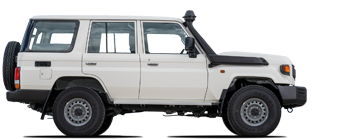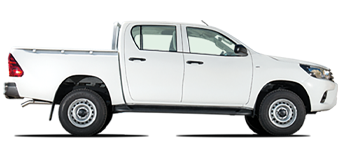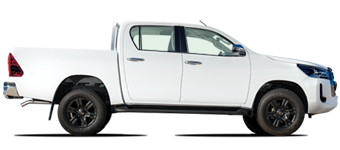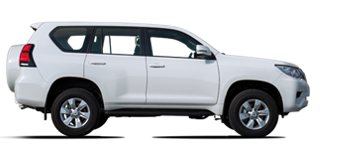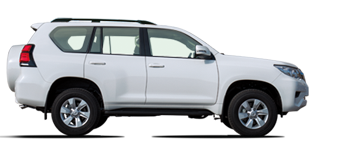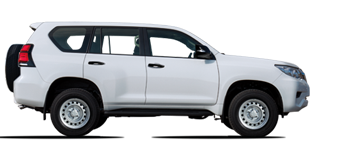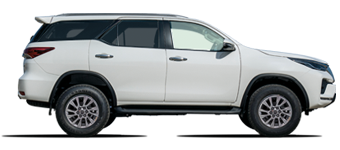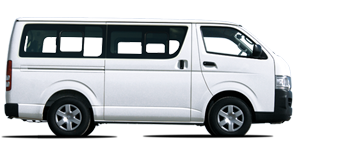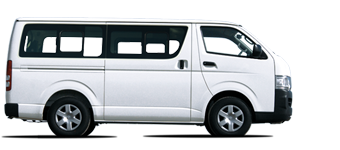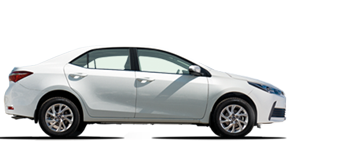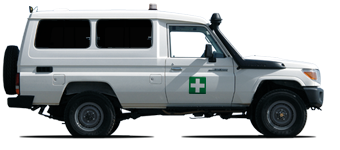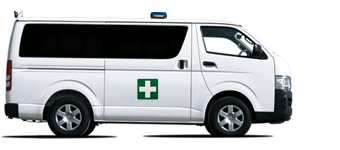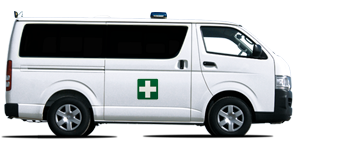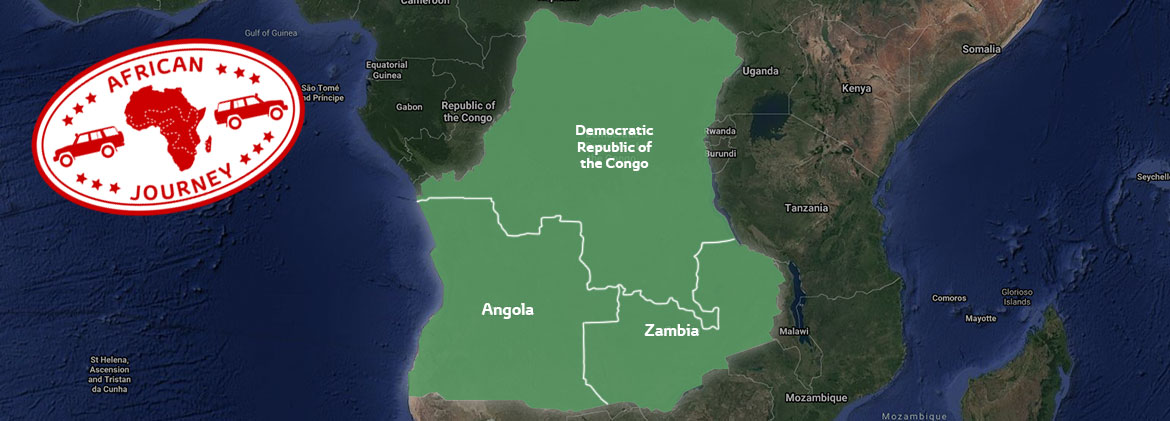African Journey - Part 10
Zambia, Angola and Democratic Republic of Congo

Zambia
Part 10 of our African Journey starts in Lusaka, Zambia, a landlocked country in Southern-Central Africa. Its neighbours are the Democratic Republic of the Congo to the north, Tanzania to the north-east, Malawi to the east, Mozambique to the southeast, Zimbabwe and Botswana to the south, Namibia to the southwest, and Angola to the west. Lusaka, located in the south-central part of Zambia, is the nation’s capital. The population is concentrated mainly around Lusaka in the south and the Copperbelt Province to the northwest, the core economic hubs of the country.
Zambia is located on the plateau of Central Africa, between 1000 and 1600 m above sea level. The average altitude of 1,200 metres generally has a moderate climate. The climate of Zambia is tropical, modified by elevation. Most of the country is classified as humid subtropical or tropical wet and dry.
There are two main seasons, the rainy season (November to April) corresponding to summer, and the dry season (May to October), corresponding to winter. The dry season is subdivided into the cool dry season (May to August), and the hot dry season (September to October). The modifying influence of altitude gives the country pleasant subtropical weather rather than tropical conditions during the cool season of May to August. However, average monthly temperatures remain above 20 °C (68 °F) over most of the country for eight or more months of the year.
Economically, Zambia totalled $9.1 billion worth of exports in 2018. About 60.5% of Zambians live below the recognised national poverty line, with rural poverty rates standing at about 77.9%[76] and urban rates at about 27.5%. Unemployment and underemployment in urban areas are serious problems. Most rural Zambians are subsistence farmers.
Zambia has some of nature's best wildlife and game reserves affording the country with abundant tourism potential. The North Luangwa, South Luangwa and Kafue National Parks have one of the most prolific animal populations in Africa. The Victoria Falls in the Southern part of the country is a major tourist attraction.
Zambia Training Gallery
The TGS Technical Training team completed a Peace Corps training event in Zambia 5 years ago. As can be seen from the images the conditions were generally dry but we also found swamp-like conditions to practise essential vehicle recovery techniques.
The 1400+ miles trip from Lusaka to Luanda will be a test for any vehicle and we will need the Land Cruiser HZJ76 Hardtop to ensure we are ready for the most arduous parts of the journey.
30 years on from its debut, the Land Cruiser 70 series can still claim to be the most rugged, most reliable vehicle for handling the harshest conditions and toughest situations which life can throw at it.
It is the standard fleet vehicle for many front-line agencies who demand the ultimate in dependability. Customers can trust this model to deliver unprecedented performance. All the TGS variants feature a fuel tank capacity of 130 litres giving an admirable driving range, in addition to the iconic snorkel type raised air intake.
Angola
Angola is a country on the west coast of Southern Africa. It is the seventh-largest country in Africa, bordered by Namibia to the south, the Democratic Republic of the Congo to the north, Zambia to the east, and the Atlantic Ocean to the west. Angola has an exclave province, the province of Cabinda that borders the Republic of the Congo and the Democratic Republic of the Congo. The capital and largest city of Angola is Luanda.
At 1,246,620 km2, Angola is the world's twenty-third largest country - comparable in size to Mali, or twice the size of France or of Texas.
Angola has vast mineral and petroleum reserves, and its economy is among the fastest-growing in the world, especially since the end of the civil war in 2002; however, the standard of living remains low for most of the population, and life expectancy in Angola is among the lowest in the world, while infant mortality is among the highest. Angola's economic growth is highly uneven, with most of the nation's wealth concentrated in a disproportionately small sector of the population.
Diamonds and oil make up 60% of Angola's economy, almost all of the country's revenue and all of its dominant exports. Growth is almost entirely driven by rising oil production. Control of the oil industry is consolidated in Sonangol Group, a conglomerate owned by the Angolan government. In December 2006, Angola was admitted as a member of OPEC.
Operations in its diamond mines include partnerships between state-run Endiama and mining companies such as ALROSA which operate in Angola.
Travel on highways outside of towns and cities in Angola is often not best advised for those without four-by-four vehicles. In many areas drivers have established alternate tracks to avoid the worst parts of the damaged road surfaces. The Angolan government has contracted the restoration of many of the country's roads. The road between Lubango and Namibe, for example, was completed recently with funding from the European Union, and is comparable to many European main routes. Completing the road infrastructure is likely to take some decades, but substantial efforts are already being made.
Travelling the 500+ miles from Luanda to Kinshasa is not a straightforward task but the Land Cruiser Hardtop is up to the task. Evan Sayers from the TGS sales team recently made a short video highlighting the 5 key things you need to know about the Toyota Land Cruiser HZJ76. You can watch it here:

Certainly, this demanding part of our African Journey will require key recovery accessories like the winch and bull-bar combination much favoured by agencies that work in this region. The need to ensure that your vehicle can recover from sticky off-road situations is paramount.
Winch recovery accessories, bog strips and recovery tracks must also be seriously considered to provide the tools to assist recovery from difficult situations presented by poor road and weather conditions.
Democratic Republic of Congo
The Democratic Republic of the Congo, also known as DRC, is a country located in Central Africa. Formerly called Zaire, it is, by area, the largest country in sub-Saharan Africa, the second-largest in all of Africa, and the 11th-largest in the world. With a population of over 84 million, DRC is the most populous officially Francophone country, the fourth-most-populous country in Africa, and the 16th-most-populous country in the world. It straddles the Equator, with one-third to the North and two-thirds to the South. The area of DRC is slightly greater than the combined areas of Spain, France, Germany, Sweden, and Norway. It is the second largest country in Africa, after Algeria.
DRC is extremely rich in natural resources but has had political instability, a lack of infrastructure, issues with corruption and centuries of both commercial and colonial extraction and exploitation with little holistic development. Besides the capital Kinshasa, the two next largest cities Lubumbashi and Mbuji-Mayi are both mining communities. DRC's largest export is raw minerals, with China accepting over 50% of DRC's exports in 2012.
As a result of its equatorial location, the DRC experiences high precipitation and has the highest frequency of thunderstorms in the world. The annual rainfall can total upwards of 2,000 millimetres in some places, and the area sustains the Congo Rainforest, the second-largest rain forest in the world after the Amazon. This massive expanse of lush jungle covers most of the vast, low-lying central basin of the river, which slopes toward the Atlantic Ocean in the west. This area is surrounded by plateaus merging into savannas in the south and southwest, by mountainous terraces in the west, and dense grasslands extending beyond the Congo River in the north.
The DRC is the world's largest producer of cobalt ore, and a major producer of copper and diamonds. The latter come from Kasai province in the west. By far the largest mines in the DRC are located in southern Katanga province, and are highly mechanised, with a capacity of several million tons per year of copper and cobalt ore, and refining capability for metal ore. The DRC is the second-largest diamond-producing nation in the world, and artisanal and small-scale miners account for most of its production.
In February 2018, global asset management firm AllianceBernstein defined the DRC as economically "the Saudi Arabia of the electric vehicle age," due to its cobalt resources, as essential to the lithium-ion batteries that drive electric vehicles.
DRC has fewer all-weather paved highways than any country of its population and size in Africa — a total of 2,250 km, of which only 1,226 km is in good condition. To put this in perspective, the road distance across the country in any direction is more than 2,500 km (e.g. Matadi to Lubumbashi, 2,700 km by road). The figure of 2,250 km converts to 35 km of paved road per 1,000,000 of population. Comparative figures for Zambia and Botswana are 721 km and 3,427 km respectively.
DRC Training Gallery
TGS Technical Training team visited DRC in 2015 to provide a training programme for Norwegian Refugee Council (NRC). The on-road and off-road conditions were noticeably more severe than in many of the other African countries visited by our teams. All the more reason to ensure best practise for drivers and maintenance crews and, most importantly, that vehicle recovery techniques and tools are well understood by the NRC teams.
Next month we will take on Part 11 of our African Journey, starting in Brazzaville, Congo moving to Libreville, Gabon and finishing in Malabo, Equatorial Guinea.





